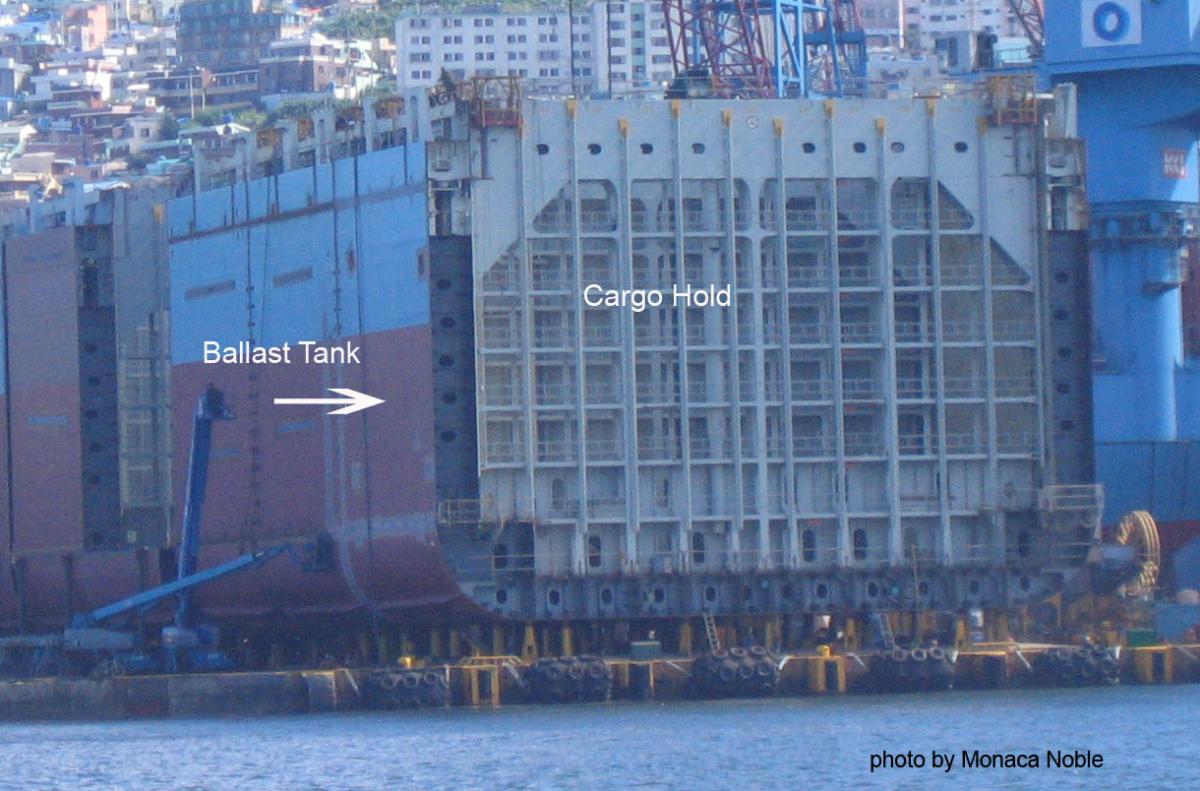Research ProjectNational Ballast Information Clearinghouse
Affiliated Labs
Project Goal
The National Ballast Information Clearinghouse collects and analyzes all ballast water management reporting forms submitted to the United States Coast Guard and characterizes the patterns and trends of ballast water delivery and management in the United States as it pertains to the introduction of non-native species.
Description
The National Ballast Information Clearinghouse (NBIC) is a joint program between SERC and the U.S. Coast Guard (USCG) that was mandated by the National Invasive Species Act of 1996 (NISA; P.L. 104-332). An overarching goal of NISA is to reduce the overall number of aquatic nuisance species arriving to the US on commercial ships and other vectors. To address the ballast water* vector, SERC has played an integral role in development, maintenance, and operation of the USCG National Ballast Information Clearinghouse since its inception. SERC’s role with NBIC began in 1998 with the initial design, implementation, and operation of a database and information system to develop and maintain an effective clearinghouse of national data for USCG. NBIC has been directed and operated by SERC continuously from 1998-2016.
In September 2004, mandatory ballast water management* reporting was expanded to include virtually all commercial ships capable of carrying ballast water that operate in the United States. Ballast water management reports contain vessel details, transit history (e.g., arrival, last, and next ports, arrival date), and the history of all ballast tanks to be discharged in U.S. waters (e.g., source and discharge dates, locations, and volumes), as well as details about any ballast water management (e.g., treatment, exchange, or discharge to a shore based treatment facility). NBIC receives approximately 120,000 ballast water management reports per year. A central objective of the NBIC is the synthesis and analysis of ballast water management data for USCG as required by NISA.
The data collected with ballast water management reports help us better understand the operation of the ballast water vector and, importantly, how various management strategies may reduce ballast water and shipping related introductions of non-native species. We also use these data to evaluate the patterns of ship and ballast water flux to explain the patterns of establishment of non-native species. Since 2011, the NBIC has conducted surveys of the biota in ballast water tanks as well as field surveys of the receiving waters (ports and bays) to understand the longer term effects of ballast water management on marine/estuarine invasion rates.
Find more detailed information including ballast water data on the NBIC website https://nbic.si.edu/
*Glossary

| Term | Definition |
|---|---|
| Ballast water | Ballast water is carried by ships to provide balance, stability, and trim during sailing and to keep them upright during loading and offloading operations. Ballast water is typically held in dedicated ballast tanks located around cargo holds and near the bow and stern of the ship. |
| Ballast water management | Until ballast water treatment systems are approved and in common use, ballast water exchange will be the primary ballast water management method. Ballast water exchange is the replacement of coastal ballast water with open ocean water usually from from greater that 200 nmi from the coast. Ships can replace their coastal ballast in two ways:
|



